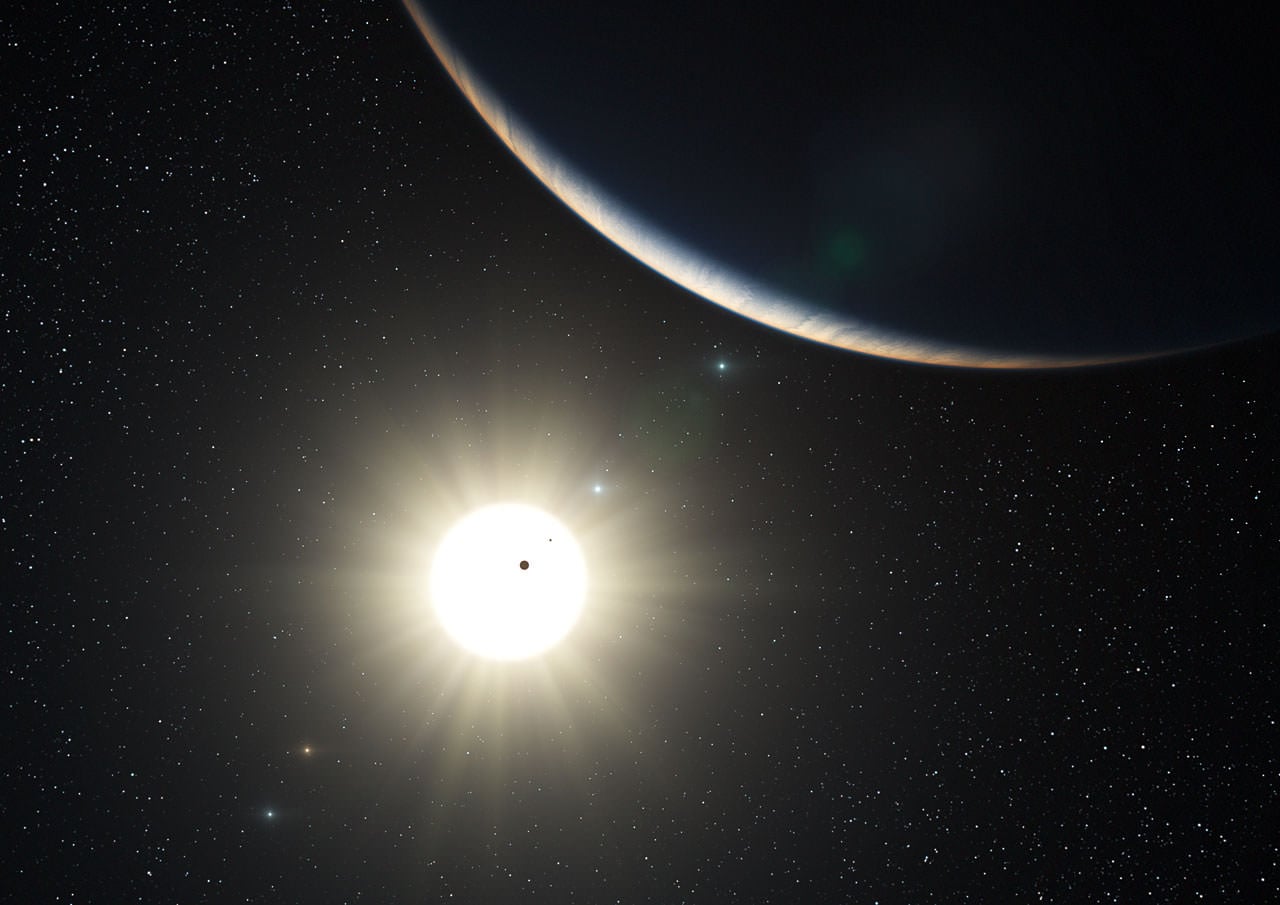There is another Sun-like star out there with an intriguing family of planets orbiting about and it could be the closest parallel to our own solar system that astronomers have found yet. European astronomers discovered a planetary system containing at least five planets, orbiting the star HD 10180, with evidence that two other planets may be present. If confirmed, one of those would have the lowest mass ever found.
"We have found what is most likely the system with the most planets yet discovered," says Christophe Lovis, who led the team. "This remarkable discovery also highlights the fact that we are now entering a new era in exoplanet research: the study of complex planetary systems and not just of individual planets. Studies of planetary motions in the new system reveal complex gravitational interactions between the planets and give us insights into the long-term evolution of the system."
To make this system even more intriguing, the team also found evidence that the distances of the planets from their star follow a regular pattern, as also seen in our Solar System. "This could be a signature of the formation process of these planetary systems," said team member Michel Mayor.
HD 10180, is located 127 light years away in the southern constellation of
Hydrus
. The five confirmed planets are large, about the size of Neptune -- between 13 and 25 Earth masses —with orbital periods ranging from between six and 600 days. The planets' distances from the star ranges from 0.06 and 1.4 times the Earth–Sun distance.
[caption id="attachment_71961" align="aligncenter" width="580" caption="A close-up of the sky around the star HD 10180. Credit: ESO and Digitized Sky Survey 2. Acknowledgment: Davide De Martin"]
[/caption]
"We also have good reasons to believe that two other planets are present," said Lovis. One would be a Saturn-like planet (with a minimum mass of 65 Earth masses) orbiting in 2200 days. The other would be the least massive exoplanet ever discovered, with a mass of about 1.4 times that of the Earth. It is very close to its host star, at just 2 percent of the Earth–Sun distance. One "year" on this planet would last only 1.18 Earth-days.
"This object causes a wobble of its star of only about 3 km/hour— slower than walking speed — and this motion is very hard to measure," says team member Damien Ségransan. If confirmed, this object would be another example of a hot rocky planet, similar to Corot-7b.
The team used the planet-finding HARPS spectrograph, attached to ESO's 3.6-metre telescope at La Silla, Chile, and made observations of HD 10180 for six years.
The newly discovered system of planets around HD 10180 is unique in several respects. First of all, with at least five Neptune-like planets lying within a distance equivalent to the orbit of Mars, this system is more populated than our Solar System in its inner region, and has many more massive planets there. Furthermore, the system probably has no Jupiter-like gas giant. In addition, all the planets seem to have almost circular orbits.
With this new announcement, the total number of exoplanets found is 472.
The team's paper was submitted to Astronomy and Astrophysics (
"The HARPS search for southern extra-solar planets. XXVII. Up to seven planets orbiting HD 10180: probing the architecture of low-mass planetary systems" by C. Lovis et al.).
Source:
ESO
 Universe Today
Universe Today
